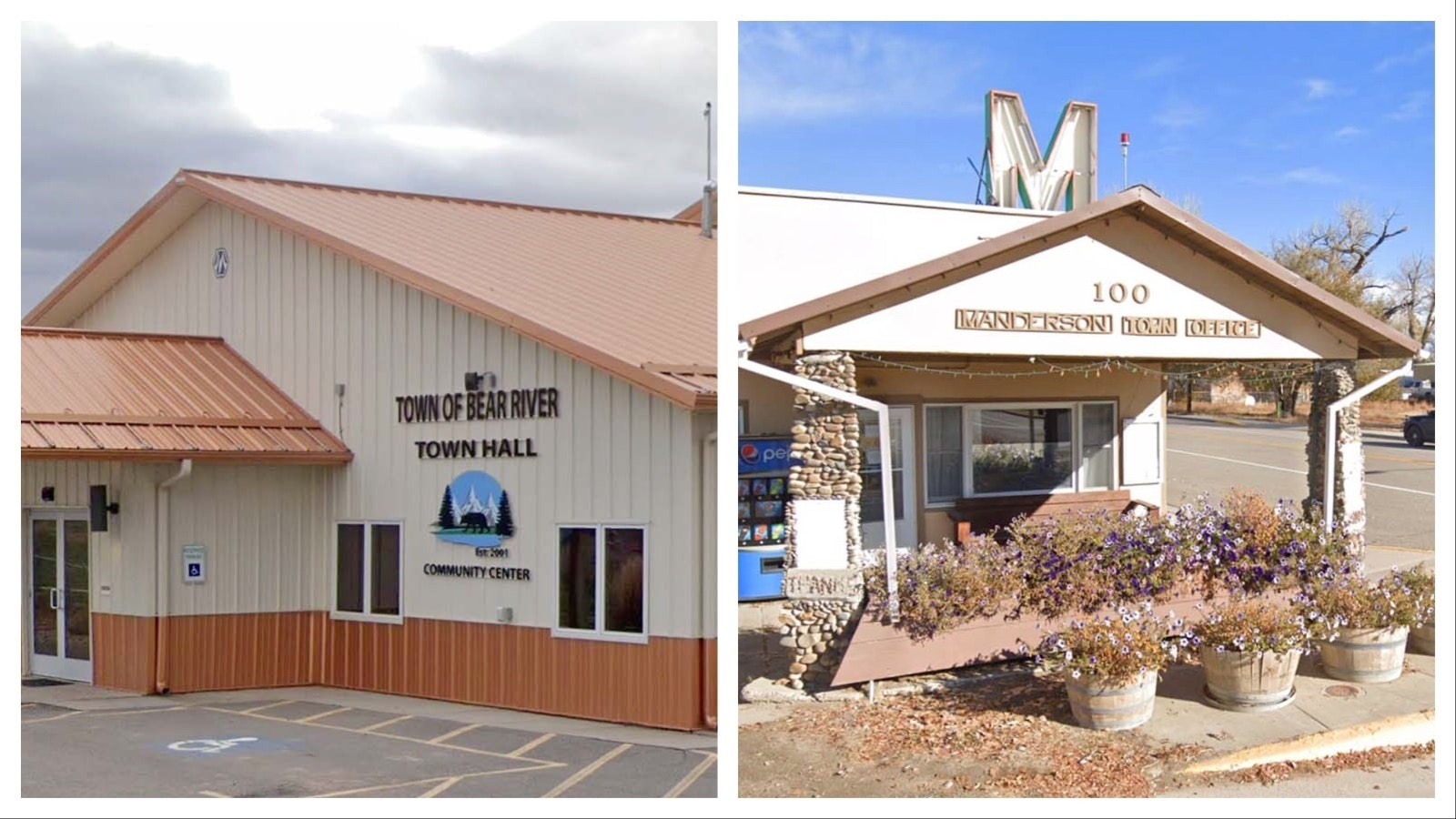Gov. Mark Gordon signed a proclamation June 25 that sets in motion the state’s preparations for the 2020 U.S. Census – including a soon-to-be-live website and committees strategizing participation in hard-to-reach communities.
The 2020 Census may be especially important to Wyoming because of recent population declines.
Driven by the downturn in coal, oil and natural gas, Wyoming’s population is estimated to have decreased in each of the past three years: from 585,668 in 2015 to 577,737 in 2018.
“In neighboring states, their economies are strong, so many of our younger workers left,” said Wenlin Liu, interim administrator and chief economist at the Wyoming Division of Economic Analysis.
Nevertheless, Wyoming’s 2020 population is expected to be higher than 2010’s 563,626.
The results of the census will affect Wyoming in several ways, including:
The census results represent money for the state.
Billions of dollars flow into Wyoming based on data about population, income and other demographics. An accurate count may be especially important as state lawmakers discuss potential new taxes for additional revenue. An increase in federal money could offset the need for new taxes.
College Pell Grants, U.S. Department of Agriculture cooperative extension service money, the U.S. Department of Transportation’s Highway Planning and Construction program and the Child Health Insurance Program are among dozens of programs in which federal dollars follow Census results.
In the years between each census, the Census Bureau makes annual demographic estimates, which agencies also use to distribute funds, said Liu, who is involved in 2020 Census planning with the governor’s office.
“All of these programs are based on the benchmark of the decennial census,” he said.
The state will rely on the 2020 Census to apportion legislative districts.
The Wyoming House has 60 seats. Higher population areas tend to have more districts. A county with four House districts, for instance, could gain or lose seats compared to growth in other counties, Liu said.
School districts and local governments need census data to plan.
The census, which in 2020 can be completed online, asks for the ages of everyone in the household. That can help a school district determine where it may need a new high school in five years, for instance.
Census results determine the formula the Legislature uses to send money to local governments for the following decade, Liu said.
“For Wyoming, sales tax distribution between county governments and cities within the counties is based on the census,” he said.
The census informs business decisions.
Chambers of commerce and business groups use census data to market an area to companies.
“If the area’s population is increasing, businesses are always expanding,” Liu said.
Conversely, when an area’s population is in decline, businesses think hard about expansion, he said.
The census will have big impact on a small state.
Wyoming is the country’s lowest population state. Citizenship question aside, that likely will not change after the 2020 Census results come in. Under-counting the number of people who live in Wyoming proportionally hurts the state more than say, Texas, which can afford to undercount a few residents and not be slammed by a dramatic decrease in federal funds, for instance.
“Wyoming has the smallest population in the country,’ Liu said. “We do want to count everyone.”





